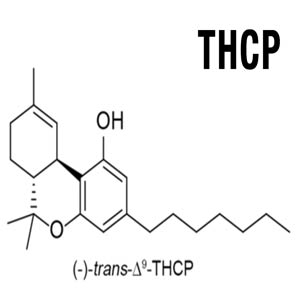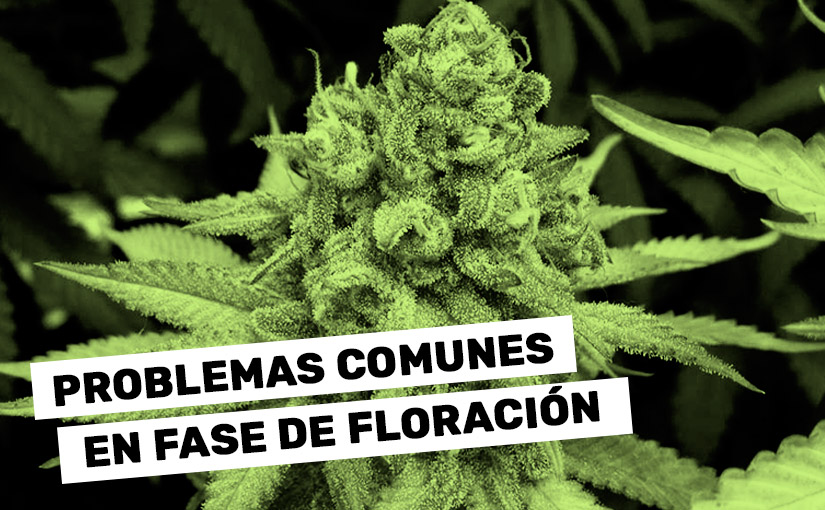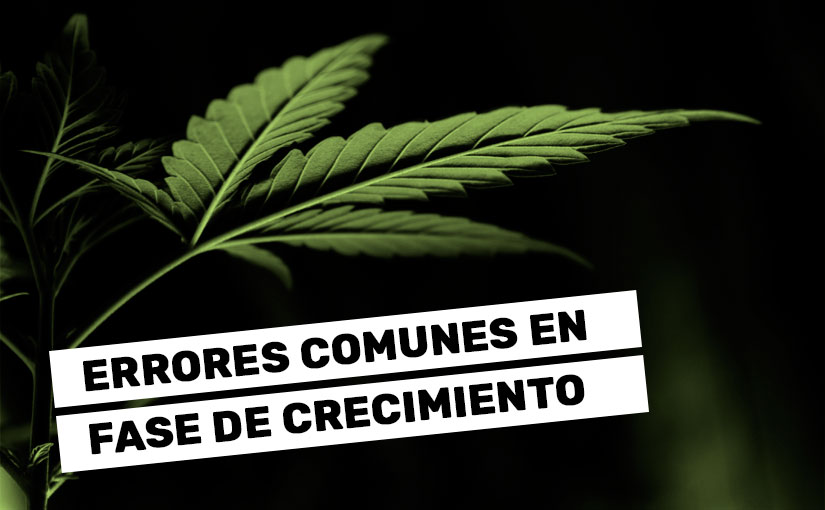
Marijuana is made up of more than 500 active compounds, at least that’s the number of them that have been identified so far. Although recently we have been surprised to discover an Italian research team two new ones and apparently one of them much more powerful than THC.
Cannabis is made up of various types of substances, among them, we can talk about three that affect the human being, cannabinoids, terpenes and flavonoids.
Flavonoids
Flavonoids are responsible for the coloring of fruits and vegetables, some of their dietary benefits, and part of their therapeutic effects. According to some studies, they could improve metabolic and cardiovascular health and improve glycemic control in people with diabetes. There are also studies that suggest that they can be useful for weight control, cardiovascular disease, cancer, neurodegeneration, etc. In addition, in certain cultures they have been used for hundreds of years for their anti-inflammatory and antioxidant properties.
The flavonoids present in marijuana are: Cannaflavins A, B and C, β-sitosterol, Vitexin, Isovitexin, Apigenin, Kaempferol, Quercetin, Luteolin and Orientin.
Terpenes
Terpenes They are also organic, aromatic and volatile compounds and are responsible for the aromas of fruits, vegetables, plants, trees and in general any plant or fruit of it. They occupy between 1% of the cannabis and 10% of the pure resin and their combinations give the different aromas and flavors of the different varieties. The function in the plants of these substances are protection against insects and herbivorous animals, in some cases they even function as an insecticide. Also on the contrary, they serve to attract other animals and insects that are beneficial to them. Terpenes each have their own therapeutic properties, for example Myrcene acts as an anti-inflammatory and helps to fall asleep, Pinnene it has a great antibiotic capacity and is a bronchial dilator. Other terpenes present in cannabis are Polegone, Alpha-Terpineol, Borneol, Terpinol-4, Beta-caryophyllene, Linalool, P-Cimeno, D-Limonene, Eucalyptol, Careno and Caryophyllene.
Cannabinoids
And finally we come to cannabinoidsThis group can be made up of up to 400 different molecules, 150 of them already identified, of which, in isolation, almost none have psychotropic properties, but they do have anti-inflammatory, anti-vomiting, anxiolytic, antidepressant and many others. In fact, its properties are still being discovered. It’s more, New cannabinoids are still being discovered.
New cannabinoids found in marijuana. THCP and CBDP.
An Italian team has discovered two new cannabinoids, the THCP (or more exactly Δ 9 -THCP) with the same structure as THC (scientifically called Δ 9-THC) but with a seven-length alkyl side chain, which seems to be responsible for its 30 times greater potency than THC. The other molecule discovered is the homologue corresponding to cannabidiol (CBD) but also with an alkyl chain of length seven (CBDP) was also isolated and unambiguously identified.
The researchers report that in the absence of enzymes responsible for the biosynthesis of these cannabinoids, it is likely that they are formed from microbial oxidation and decarboxylation of the 5-alkyl molecules, THC and CBD. It seems that the potency of cannabinoids is related to the length of this chain, in fact, until now cannabinoids with longer chains (up to 8) have been artificially synthesized and were very powerful. Now, the Italian group has found these molecules with chains of length 7 in a variety owned by the Italian army, the FM2, supplied to researchers by the Florence Military Pharmaceutical Chemical Institute. The configuration of the molecule was confirmed by stereoselective synthesis, which is quite certain that it does not contain errors.
These new cannabinoids have been found in low quantities, possibly because the cultivated variety was oriented to medicinal use based on other molecules and also presented low levels of THC.
According to the researchers, a series of clinical trials and a growing number of scientific reports provide real evidence of the pharmacological potential of cannabis and cannabinoids in a wide range of disorders, from sleep to anxiety, multiple sclerosis, autism and neuropathic pain. . In particular, being the most potent psychotropic cannabinoid, THC has been the main target of such studies. In light of the above and the results of the studies carried out by this team, we hope that THCP is endowed with an even higher binding affinity for CB1, the receptor for cannabinoids in the human body, and has a higher cannabimimetic activity. than THC itself.
To investigate these pharmacological aspects of THCP, its binding affinity for the CB1 receptor was tested by an in vitro radioligand assay and its cannabimimetic activity was evaluated by behavioral tests in mice, demonstrating that the potential of this molecule it can be up to 30 times more active than THC.
This discovery has been made thanks to innovative techniques such as the cutting-edge technological platform for mass spectrometry. Orbitrap and the use of advanced analytical techniques such as metabolomics, that can allow the discovery and identification of new compounds with a high degree of confidence even when they are present in very small amounts in complex matrices. So it is likely that new cannabinoids will be isolated.
Apart from all this information from the Italian scientific team, we must bear in mind that the potency of marijuana is not easy to determine by measuring just one of its components. In fact It is suspected that the effects of this plant are due to the interaction of different cannabinoids and flavonoids and terpenes.
Along these lines, the researchers handle the hypothesis that THCP and other compounds yet to be discovered will explain the great variability in the responses given by different people to Cannabis with similar levels of THC. Since THCP has never been detected before, the findings suggest that this potentially psychoactive phytocannabinoid may explain some of these different effects.
As for CBDP, it has not been sufficiently investigated, it is more CBD, its already known homologue, it is not very well known how it works, since it does not have great affinity with the human cannabinoid receptors (CB1 and CB2) that were supposed to be the that triggered the effects.
The same group of researchers found two other cannabinoids known as CBDB and THCB and hope to identify many more in the near future.








